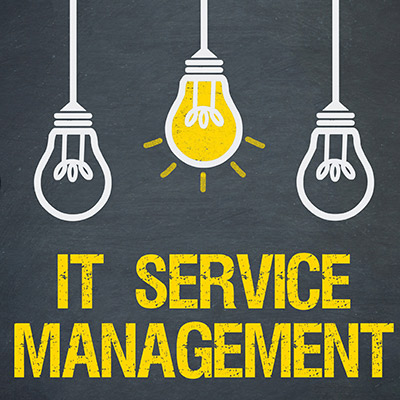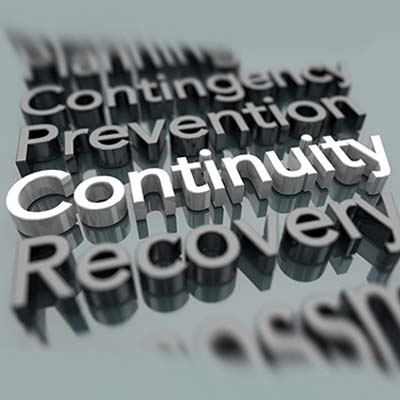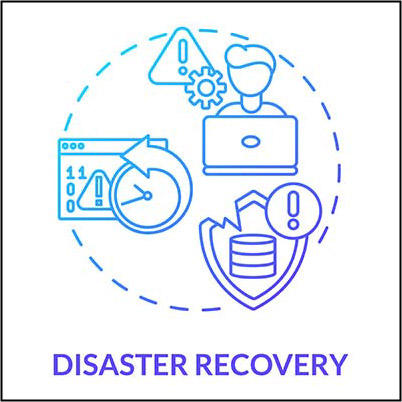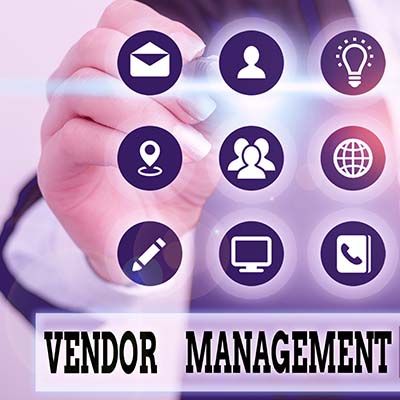Sometimes a business model or way of managing something complex comes along that changes the game for countless businesses, industries, and organizations. One such model is managed IT services, and it can effectively replace the way you used to manage your technology with a better, more efficient method. It can impact your budget, increase your bottom line, and save you countless hours throughout the workday.
Even when everything is going well, running a business can be challenging—all of that is to say that things are especially difficult when everything starts to go wrong, particularly in the realm of business continuity. While nobody likes to imagine the worst-case scenario, we always like to say that imaging the worst-case scenario can help you prepare for it, and it can take the sting away from dealing with it.
You may have seen us use the term “redundant” on this blog often, and if you are not necessarily familiar with how it might be used in the context of business technology, we understand how you could misconstrue the word in a negative light. However, redundancy is one of the most important concepts to understand in business technology, and it’s key to your business’ continued success.
Sometimes you might experience computer trouble and wonder when it’s time to call in the experts. After all, you don’t know how much you might break your budget, right? Depending on the issue, you might be able to resolve it yourself. We’ve put together three of the most common computer repair scenarios that you might encounter and how they should be handled.
Look, we get it; technology management is not easy, especially for small business owners who already wear a lot of hats. The last thing you want to do is add even more to your plate when you already have so much going on. That’s why we offer managed IT services to SMBs in the area. But what if we told you that managed IT services aren’t just for small businesses, but for all types of companies and organizations? Let’s discuss why this is the case.
As a business owner, you have relationships with your vendors that must be cultivated and maintained in some way on the off chance you need them for support. However, working with vendors can be stressful and downright frustrating at times. Let’s examine a specific situation that demonstrates these challenges and what you can do about it.
Your business might find itself in a position where it needs new hardware. You must make educated decisions about which hardware to acquire and when, but unless you are a tech guru, you probably need a hand figuring out how to get the most value. That’s where we come in.
You may have heard of the RICE prioritization framework for developing new products, but we believe that it can be applied to not just products, but also to services and even project implementation practices. What is this framework, and how can you use it when developing new ideas for your business?
Now that many of us have been working remotely for the past 18 months, what are your thoughts on the concept of a remote or hybrid office? Have your opinions changed at all, or are you still clinging to your previously conceived notions of what it would be like? It does not help that some major companies, like Microsoft, are sending out mixed signals on their own experiences with remote work. What can we learn from these experiences?
One of the most important solutions for a small business to implement is a data backup and disaster recovery system. It is a crucial element of any business continuity plan, yet many organizations fail to implement one in an appropriate manner. Let’s discuss three of the best reasons you must consider data backup and disaster recovery now before it’s too late.










